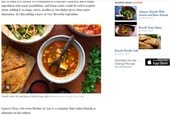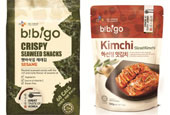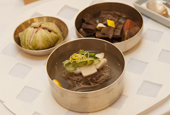- 한국어
- English
- 日本語
- 中文
- العربية
- Español
- Français
- Deutsch
- Pусский
- Tiếng Việt
- Indonesian
Some of the first images that come to mind when thinking of Hansik, Korean cuisine, are bulgogi, roasted ribs and bibimbap. Korean culinary history has adapted to the many different climates found on the Korean Peninsula. Food from the southern regions, which are comparatively warmer, tends to be made from the bountiful harvest to be found there and tends to have a stronger salt content, helping it to be preserved. The northern regions produce food grown in colder climates and are known for a cuisine that is somewhat bland, with simpler flavors.
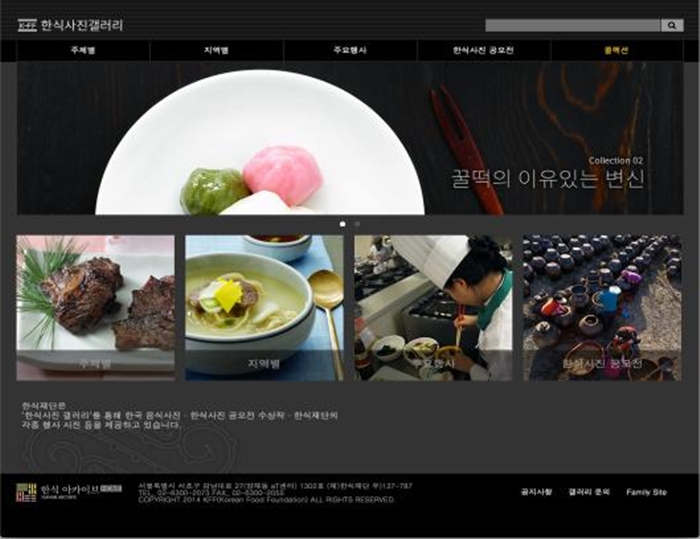
The Hansik Photo Gallery showcases some 1,700 photos of various Korean food items.
Now, one can browse through the categories of Korean cuisine without even knowing their names. Each with a different theme, occasion and region, an online photo gallery of Korean food has been opened by the Ministry of Agriculture, Food and Rural Affairs and the Korean Food Foundation.
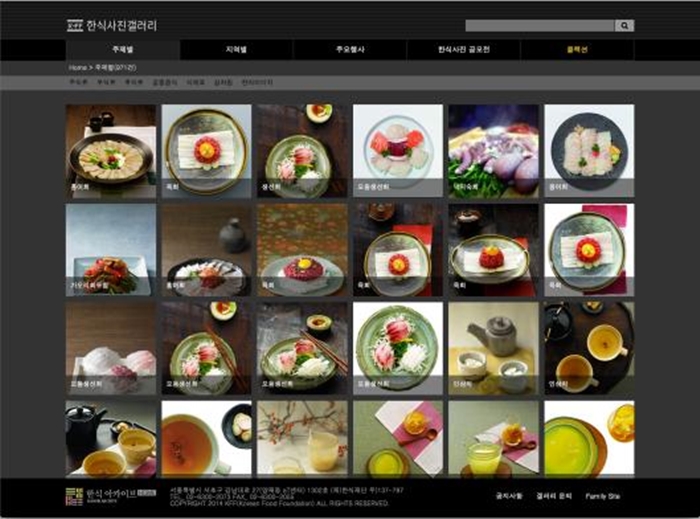
The Hansik Photo Gallery’s photos can be divided by theme.
Categorized according to theme, staples like rice, porridge, noodles and dumplings cover some 171 photos. Side dishes like soups and stews (guk, tang, jeongol, jjigae, et cetera), fermented pastes (jang), kimchi, vegetables (nameul), fried or mixed foods (bokgeum), boiled-down in sauces (jorim), steamed dishes (jjim), roasts (gueui) and savory pancakes (jeon) take up another 568 photos. Among dessert items, there are 82 photos of rice cake (tteok), cookies (jogwa) and fruit punch (hwachae). There are 60 photos of ingredients.
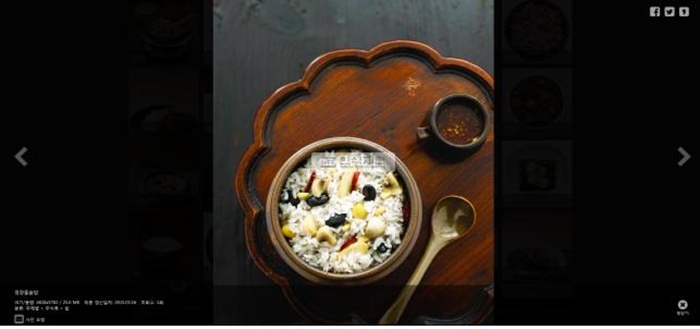
The Hansik Photo Gallery has a photo of the nutritious rice with ginkgo nuts, chestnuts, jujubes, beans and pine nuts.
Photos from previously published publications by the two organizations, such as, “The Korean Food Guide,” with 75 recommendations for food lovers, “Tasty, Entertaining Korean Food Stories" (unofficial translation), “The International Korean Menu Guide” and “Hidden Taste, Traditional North Korean Food,” can also be found in the online gallery.
By region, and outside of South Korea proper, there are 50 food items from Pyeongyang, Hwanghae-do Province and Pyeongan-do Province in what is now North Korea and 70 food items from the Yanbian Korean Autonomous Prefecture in mainland China. These recipes have been passed down among ethnic Koreans for many years. More regions across the peninsula will be added later.
The general public can freely share the gallery photos online and can also request the image files themselves, if needed.
Please visit the gallery at www.hansik.org, or www.koreanfood.net or http://archive.hansik.org.
By Paik Hyun
Korea.net Staff Writer
cathy@korea.kr
